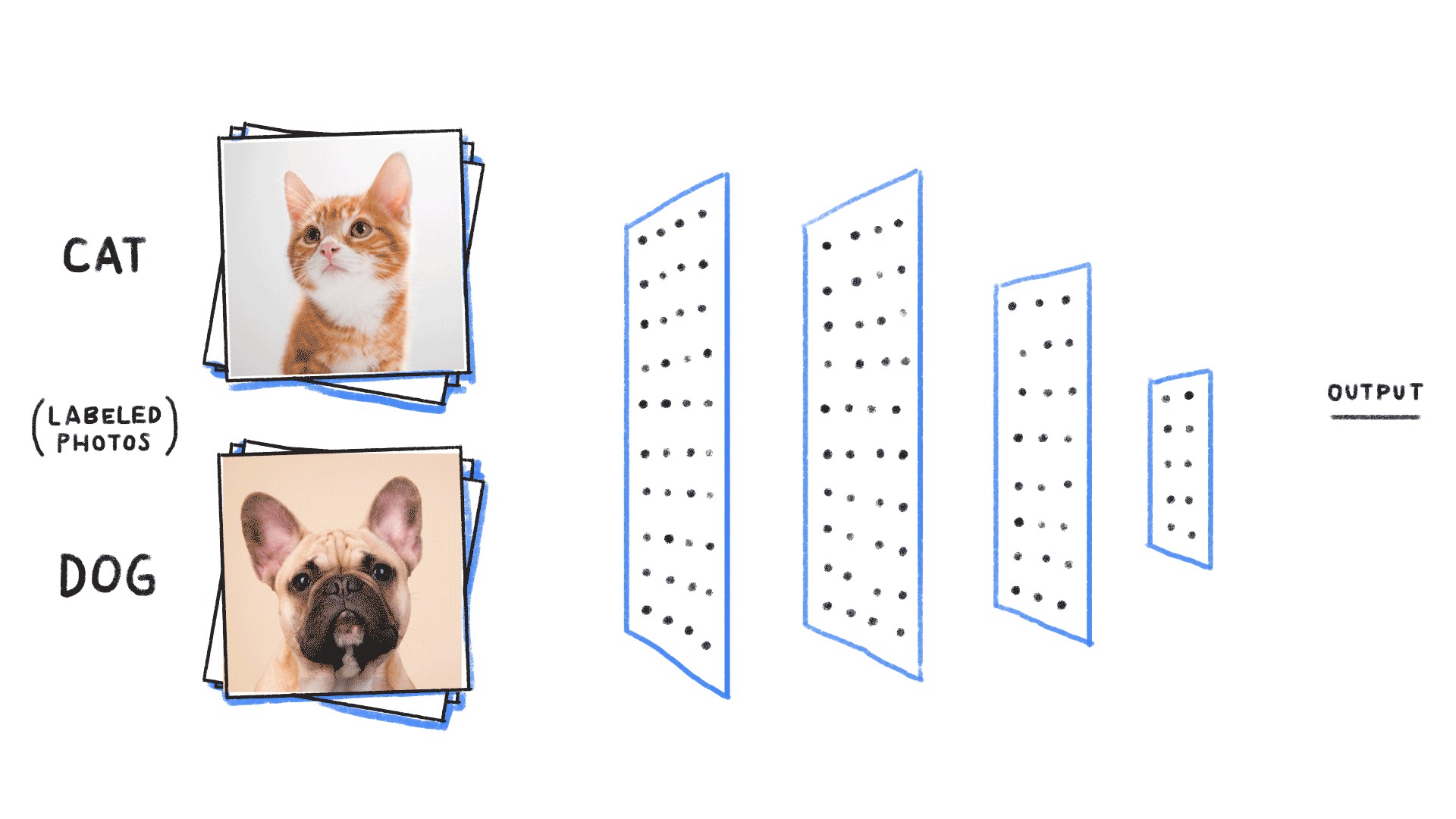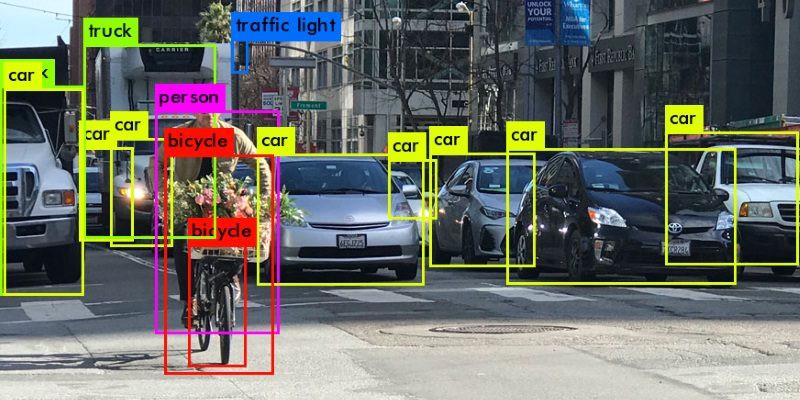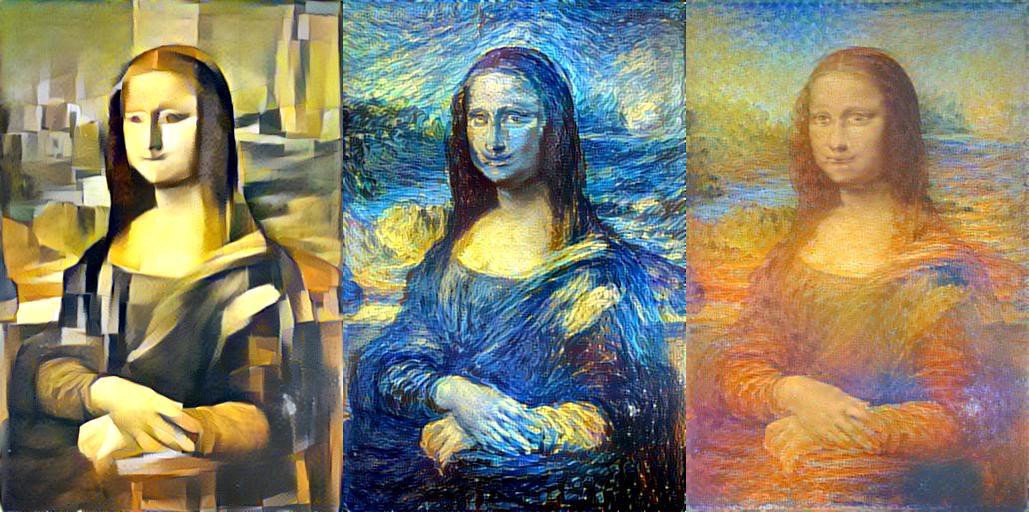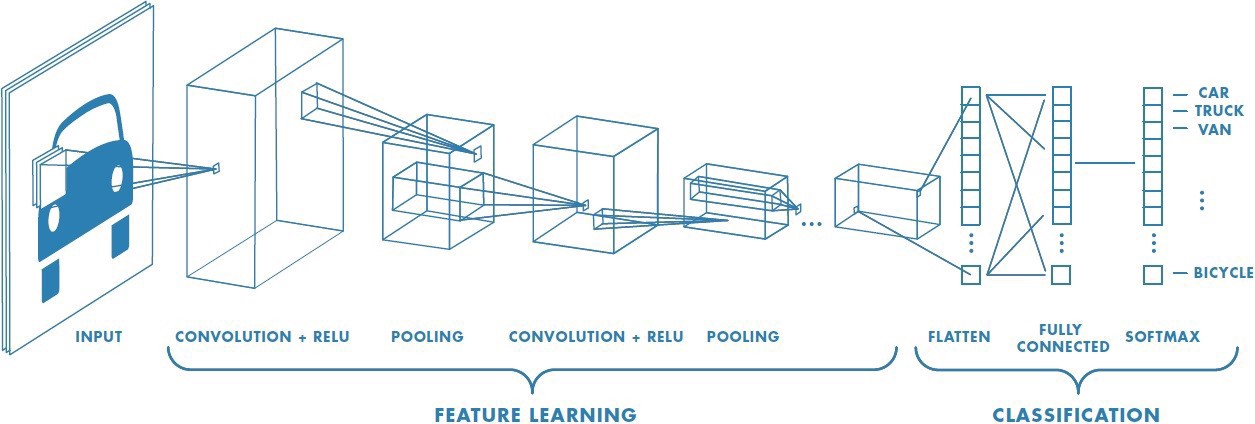人脸检测卷积神经网络
In this article, we explore an application of Computer Vision that is largely relevant to the global health crisis that is the Coronavirus. As many countries continue their desperate fight to control the infection rate and spread of the virus, we have seen the integration of many unfamiliar; and somewhat inconvenient, protection measures being introduced into society over the past 6 months. One of these particular measures; at least in the UK, is the mandatory requirement of wearing a protective face mask in shops, cafes, restaurants, and other compact or enclosed social environments. This project looks at automating the task of checking whether someone is wearing a protective mask through the development, training, and deployment of a Computer Vision ML model. The specific Machine Learning model used in this project is the widely popular Convolutional Neural Network (CNN).
在本文中,我们探讨了计算机视觉的一种应用,该应用与冠状病毒这一全球性健康危机在很大程度上相关。 随着许多国家继续为控制病毒的感染率和传播而进行的拼命斗争,我们看到了许多陌生人的融合。 而且在过去的6个月中,已在社会上引入了一些保护措施,这有些不便。 这些特别措施之一; 至少在英国,这是在商店,咖啡馆,饭店和其他紧凑或封闭的社交环境中戴防护口罩的强制性要求。 该项目着眼于通过开发,培训和部署Computer Vision ML模型来检查某人是否戴着防护面具的自动化任务。 该项目中使用的特定机器学习模型是广泛流行的卷积神经网络(CNN)。
Starting with the end in mind, we will first take a look at the demonstration video which shows the trained CNN model in action. Here the model is attempting to classifying images from a live webcam feed into one of two target categories: “Wearing a mask”, or “Not wearing a mask”. This is the product that will be developed within this project.
从头开始,我们将首先观看演示视频,该演示视频展示了训练有素的CNN模型的实际应用。 在这里,模型正在尝试将实时网络摄像头中的图像分类为两个目标类别之一:“戴口罩”或“不戴口罩”。 这是将在此项目中开发的产品。
Before diving deep into the logic and code that the project encompasses, it is good to provide an overview of what exactly a Convolutional Neural Network is and why it is one of the most popular Machine Learning algorithms for Computer Vision tasks. We will then take a comprehensive walkthrough of the project, discussing and understanding each step and how it contributes towards the end goal of a fully trained and optimized model that is ready for deployment. This walkthrough will contain 4 major subsections:
在深入研究该项目包含的逻辑和代码之前,最好先概述一下卷积神经网络到底是什么以及为什么它是用于计算机视觉任务的最受欢迎的机器学习算法之一。 然后,我们将对该项目进行全面的演练,讨论和理解每个步骤,以及它如何为经过全面培训和优化的模型的最终目标做出贡献,这些模型可以进行部署。 本演练将包含4个主要小节:
- Acquisition and exploration of the training/testing dataset 采集和探索训练/测试数据集
- Data pre-processing, 数据预处理
- CNN architecture development, training, and testing CNN架构开发,培训和测试
- Model deployment for live webcam feeds 实时网络摄像头提要的模型部署
Project code can be found on my GitHub page: (Link)
项目代码可以在我的GitHub页面上找到:(链接)
什么是卷积神经网络,它如何工作? (What is a Convolutional Neural Network, and how does it work?)
This supporting information has been taken and adapted by Sumit Saha’s article “A Comprehensive Guide to Convolutional Neural Networks — the ELI5 way” which can be accessed from the references section of this article.
Sumit Saha的文章“卷积神经网络综合指南-ELI5方式”已采用并改编了此支持信息,可从本文的参考部分中获得该信息。
The agenda for Computer Vision is to enable machines to view and perceive the physical world in similar ways to how us humans do. This includes the ability to accurately and reliably carry out a multitude of image-based tasks including, but not limited to:
Computer Vision的议程是使机器能够以类似于人类的方式查看和感知物理世界。 这包括准确,可靠地执行许多基于图像的任务的能力,包括但不限于:
- Analysing & Classifying objects (“is this a picture of a cat, or a dog?”) 分析和分类对象(“这是猫还是狗的图片?”)

- Object Recognition (“Can you recognize and label everything in this image for me”), 对象识别(“您能帮我识别并标记此图像中的所有内容吗”),

- Media Recreation (“What would the Mona Lisa look like if it was painted in the style of Vincent Van Gogh?”) — probably something like the middle re-creation below. 媒体娱乐(“如果蒙娜丽莎以文森特·梵高的风格绘画,会是什么样?”)—可能类似于下面的中间娱乐。

The advancements in computer processing power and complexity, and data capturing and storage, through time and continuous expert hardware engineering have helped AI enthusiasts overcome previous significant blockers that prevented earlier adoption of Computer Vision tools and techniques in everyday use. Now, in 2020, such Computer Vision applications are; and continue to be, implemented in many aspects of everyday life; from quirky filters and backgrounds on Snapchat images/videos to Smartphone security with Retina or Full Face scans to proximity detection in car sensor systems, to name but a few. The Convolutional Neural Network is what drives much of the decision-making behind these algorithms. But how exactly does it work?
随着时间的推移以及持续不断的专家硬件工程技术的发展,计算机处理能力和复杂性以及数据捕获和存储方面的进步帮助AI爱好者克服了以前的重大障碍,从而阻止了计算机视觉工具和技术在日常使用中的较早采用。 现在,到了2020年,此类计算机视觉应用程序应运而生。 并将继续在日常生活的许多方面得到实施; 从Snapchat图像/视频上古怪的滤镜和背景到具有Retina或全脸扫描的智能手机安全性,再到汽车传感器系统中的接近检测,仅举几例。 卷积神经网络是这些算法背后许多决策的驱动力。 但是它是如何工作的呢?









 最低0.47元/天 解锁文章
最低0.47元/天 解锁文章















 314
314











 被折叠的 条评论
为什么被折叠?
被折叠的 条评论
为什么被折叠?








